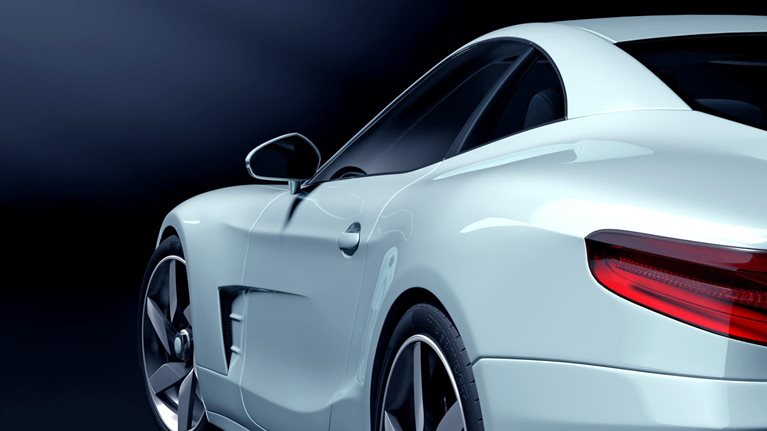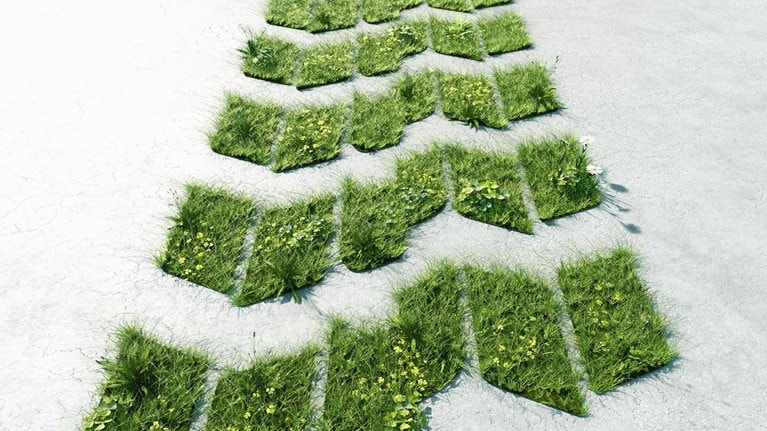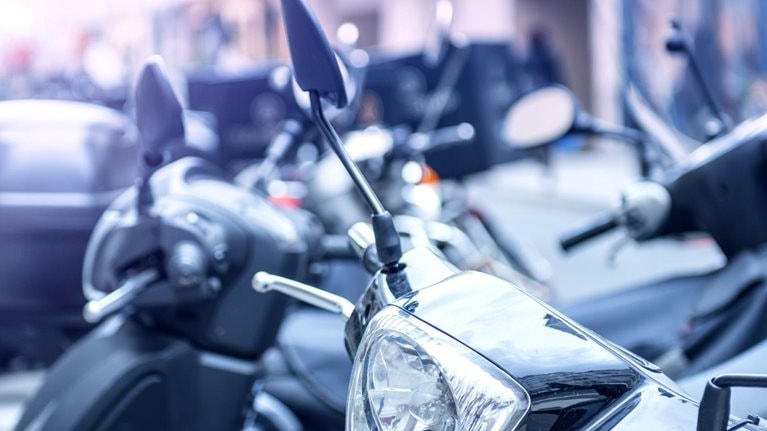In India, the future of two-wheelers, such as motorcycles and scooters, is bright and electric. Owing to their accessibility and affordability, these vehicles have long been an integral part of India’s mobility ecosystem, accounting for more than 70 percent of all vehicles.1 And consumers are ready to take them electric: by 2030, electric two-wheelers are expected to account for 60 to 70 percent of new sales in India.2 Consumers are not only prepared to purchase more electric two-wheelers but are also evolving their buying journeys by embracing more omnichannel experiences.
The increased use of electric two-wheelers will support India’s alignment with global climate policies, central- and state-government initiatives (such as FAME [Faster Adoption and Manufacturing of Electric Vehicles]), and city access regulations aimed at reducing air pollution and improving traffic conditions. However, concerns about vehicle safety, battery life, and lack of charging infrastructure could present challenges in achieving full market penetration sooner.
We sought out to understand consumer behavior and preferences amid this rapid shift toward two-wheeler electrification. A survey of roughly 1,200 Indian electric-vehicle (EV) consumers underscored the importance of product preferences, channel preferences, ownership models, and affinity for premium features (see sidebar, “Methodology”).
The granular survey data also allowed us to segment the mobility consumer landscape into seven archetypical consumer groups based on their mobility usage and psychography. Two-wheeler mobility is particularly relevant for “cost-constrained mobilists,” consumers who need to get from point A to point B as cheaply as possible; “mobility innovation pioneers,” consumers who are willing to be the first to try out new disruptive mobility services; and “micromobility enthusiasts,” consumers who use two-wheelers to get around in and out of town. We saw the aforementioned trends unfold differently across these groups.
The future of two-wheelers in India is looking electric
OEMs can expect the two-wheeler segment, which has dominated the Indian automotive sector for years, to intensify further: 31 percent of respondents expect to increase their use of private motorcycles and scooters, while 18 percent expect to use their micromobility vehicles (such as bicycles and e-scooters) more in the future. Not only do consumers expect to rely even more on two-wheelers, but for most, the next two-wheeler is electric: 86 percent of consumers would consider buying an electric two-wheeler, while only 69 percent would consider a combustion engine vehicle.
When purchasing their next two-wheeler, Indian consumers are thinking most about vehicle brand, safety, and sustainability (Exhibit 1). Consumers continue to trust incumbents; however, they’re also willing to embrace newcomer EV companies. This is evident from the fact that today, approximately more than 50 percent of the electric–two-wheeler market is dominated by new attackers. This is in significant contrast to the internal-combustion engine two-wheeler market, where incumbents continued to dominate more than 90 percent of the market over the past several decades.

Some of these criteria align closely with our research on four-wheeler EVs , which also showed battery life, battery safety, and charging speed within the top ten most important consumer criteria for the electrification of cars. Some of the same concerns are relevant for electric two-wheelers, as well. Concerns about battery life reflect overall concerns about charging-infrastructure readiness: 35 percent of consumers feel that their area lacks a sufficient charging-infrastructure network. This perceived lack of infrastructure is important given that more than half of consumers (58 percent) feel the need for public charging. Hence, better penetration of public chargers, along with adequate safety protocols, could be pivotal to fast-track this journey.
Consumer purchase journeys are evolving
Moreover, our research shows that many Indian customers are ready to perform most of their vehicle purchase journey—from searching to scheduling delivery—with the convenience of their smartphones or laptops via OEM-led apps or websites. For instance, more than 85 percent of consumers are starting their journey online, and about 50 percent are willing to purchase vehicles online (Exhibit 2). About 70 percent of consumers have started valuing the convenience of at-home delivery, at-home test-drives, and on-demand service. And while consumers are willing to go online, more than 80 percent of them still share the continued need for a physical touchpoint, cementing the role of channel partners and leading to emerging omnichannel solutions.

As such, newer business models such as hybrid direct-to-consumer are starting to emerge in India. These models provide OEMs the opportunity to own the customer experience while existing channel partners continue to play a pivotal offline (though digitally integrated) role. However, these shifts mean that both OEMs and dealers need to significantly expand their capabilities to provide consumers a seamless experience. They also need to clearly demarcate their roles and responsibilities in the overall consumer purchase and postpurchase journey.
Flexible vehicle access is gaining in popularity
The demand for flexible access will continue to increase as preferred ownership shifts from outright purchasing to financing, leasing, subscription, pay-per-use, and other models. For their next two-wheeler, 78 percent of consumers would currently opt for outright purchase. However, in the next ten years, that number drops to 63 percent (Exhibit 3). Indeed, alternative ownership forms such as financing, subscription, and leasing are on the rise—though this trend is moving slower for electric two-wheelers than for standard EVs, potentially because of lower purchase cost.

Two-wheeler electrification may come with the opportunity for premium upgrades
When consumers do think about purchasing an electric two-wheeler outright, most prefer premium “functional” features, such as higher speed and larger battery pack—and they are willing to pay for those functional upgrades. Most consumers already purchase electric two-wheelers with a top speed of 80 kilometers (km) per hour (39 percent). Half of consumers would be willing to pay up to 10,000 rupees ($120) to upgrade their electric two-wheeler to a higher speed (from 80 km per hour to 100 km per hour).
Range is also important for electric two-wheeler customers, and the majority prefer the largest battery pack. Ninety percent of purchasers would opt for more than 80 km per charge. In fact, nearly half (45 percent) would be willing to pay up to 10,000 rupees to upgrade from a range of 100 km to a range of 120 km.
There’s no doubt that Indian consumers’ interest in electric two-wheelers is rising. And this interest comes with clear and shifting preferences regarding features, ownership options, and evolving purchase journeys. Manufacturers of electric two-wheelers will want to keep these shifting expectations and preferences in mind to capitalize on the market dynamics resulting from electrification in the years to come.


